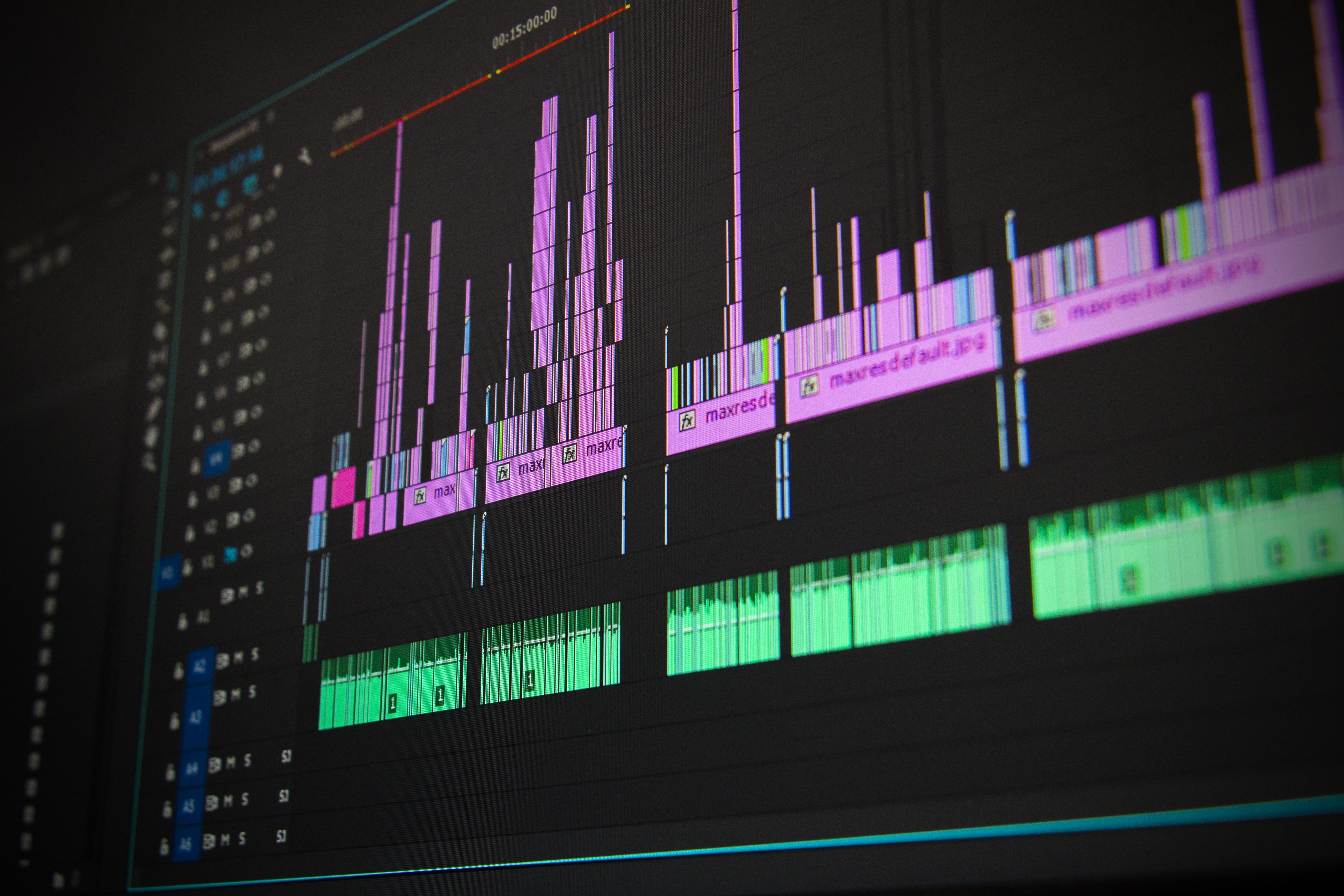
Perception vs. Reality: Which to Listen to When it Comes to Your Digital Marketing Budget?
It seems that in recent times marketers hold digital advertising channels to a different standard than traditional media, such as radio, TV and print, despite a lack of confidence in return on investment. Digital channels are perceived as effective and invite more spending – even when that effectiveness cannot be readily verified. These are among the surprising conclusions from a survey of marketers at more than 360 brands and agencies around the globe, conducted by Nielsen.
The study, carried out last year, examined how marketers perceive the effectiveness of digital and traditional channels, if their perception is driven by measurement data they can trust, and what ultimately influences budget decisions.
Fielded from January to March 2019, it found that investments in media channels “are often driven by a sense of effectiveness that isn’t entirely grounded in reality, leading to wasted spend and missed opportunities,” – a statement made by Nielsen.
One of the top headlines is this: “Digital media budgets follow perception, not reality.” Nielsen’s analysis found that novelty plays a “huge role” in marketers’ confidence, and newer ad channels tend to get the benefit of the doubt -“even when measurement and a channel’s perceived effectiveness aren’t necessarily aligned.”
The study goes further, concluding that a digital channel perceived to be effective “invites more spending” even when that effectiveness can’t be readily verified. Nielsen calls this “a scary proposition when millions of dollars could be at stake.” Traditional channels, such as radio, TV and print, aren’t afforded the same luxury as their digital competitors.
For the study, Nielsen asked 247 brand executives and 116 agency executives to rate what they perceive to be the effectiveness of paid digital media channels for their business. Paid search, social media and the video category came in at the top of the list. But for all the other digital channels, less than half of all respondents consider them effective. “This isn’t surprising for digital channels where advertising is a relatively new development,” Nielsen notes, such as podcasts, streaming audio or native advertising.

Yet the perceived effectiveness of certain channels isn’t necessarily tied to confidence marketers have in their ability to measure ROI, Nielsen says. For example, email is the digital channel that marketers have the most confidence in, with 67% of respondents being very confident that they know how to measure its ROI. It was followed by search (63%) and display (53%). “Those results make sense, considering that those are the digital channels that have been around the longest,” the report observes. Yet newer, sexier channels like social media and video don’t fare as well as they did on the effectiveness scale. “Marketers evidently have a lot of faith in these relatively new digital channels and tend to call them effective without being absolutely confident in their ability to measure ROI,” Nielsen explains.
When analyzing the correlation between a channel’s perceived effectiveness and a marketer’s decision to invest more money into it over the next 12 months, the researchers found that “they’re willing to continue to invest in a digital channel even if that channel’s performance is lackluster.”
And in a finding likely to resonate with ad sellers in radio, Nielsen found the story is “very different” for traditional media. Radio, TV and print have been around much longer, and their effectiveness doesn’t guarantee that their budgets will increase. “Consciously or not, marketers seem to hold traditional channels to a higher standard,” the report concludes.

The takeaway for marketers is that gut feel isn’t good enough anymore. “Marketers are seeking greater accountability in today’s increasingly omni-channel landscape, yet we learned through this study that their investments in media are often driven by perception versus reality,” said Matt Krepsik, Global Head of Analytics, Nielsen. “The good news is that the industry is working hard to bring credible measurement solutions to market, not just to make sense of newer digital channels, but to provide comparable metrics across all channels.
Only then can marketers think holistically and make smarter investments across the entire customer journey.”
The sample consists of 363 respondents, with nearly 80% of participants at the Director-level and above.
Article first published by InsideRadio. Read original here
Discussion
No comments on this post yet, start a discussion below!